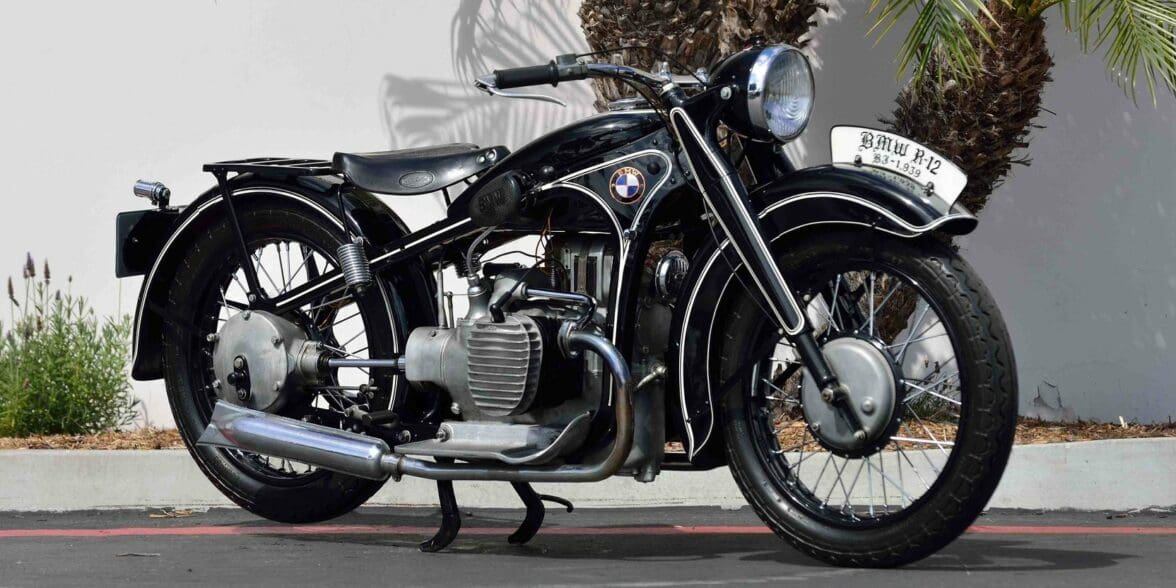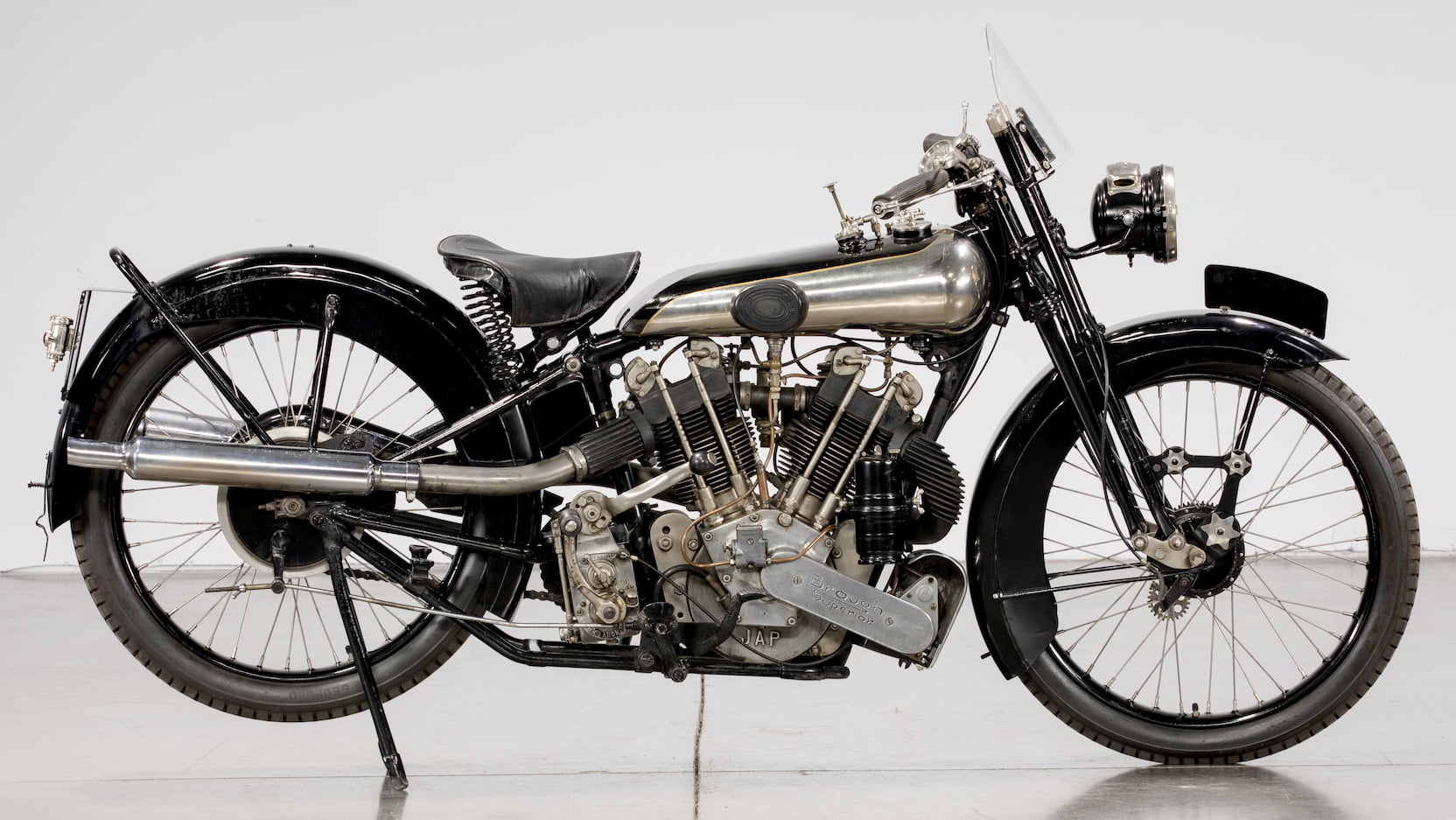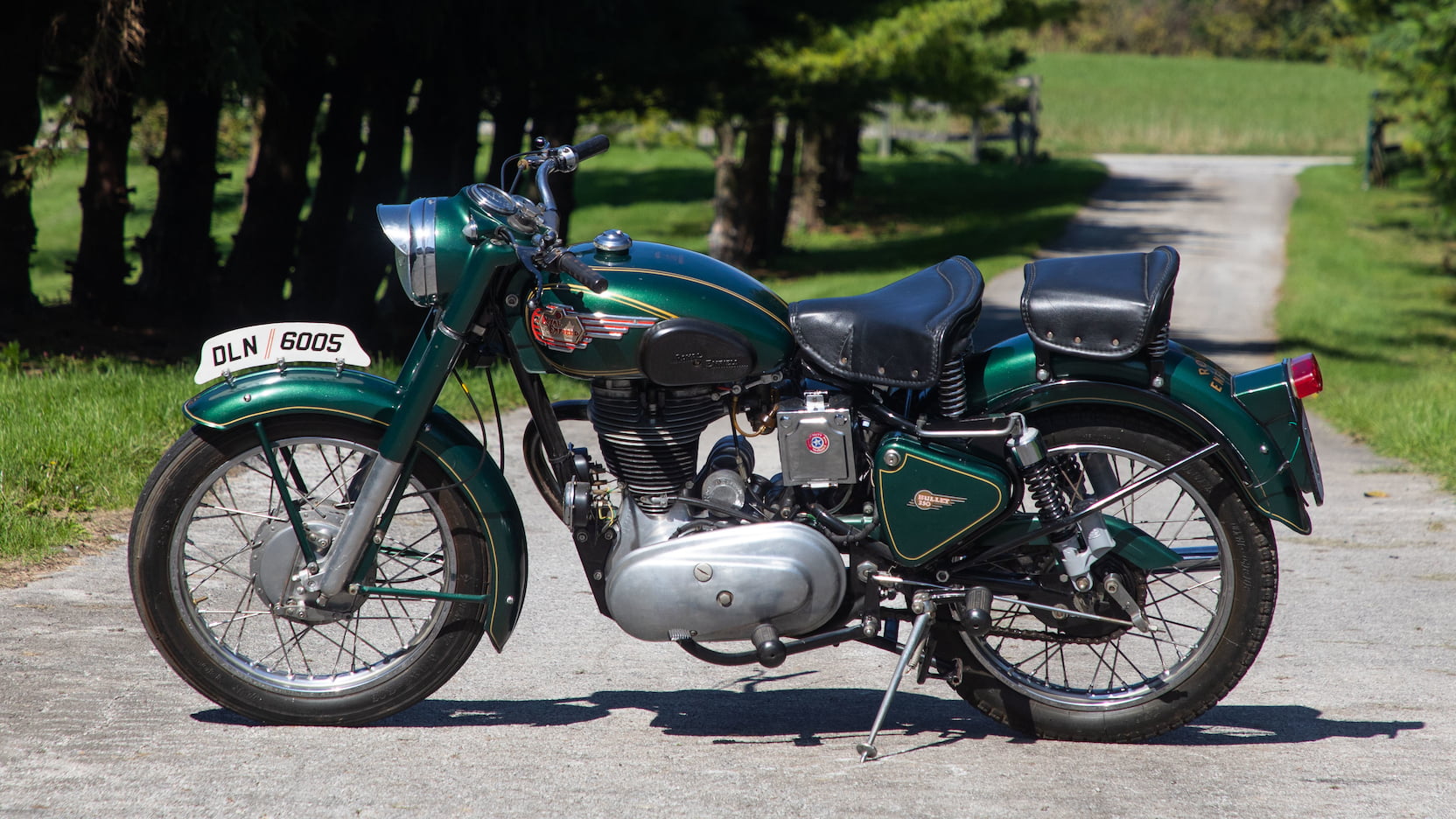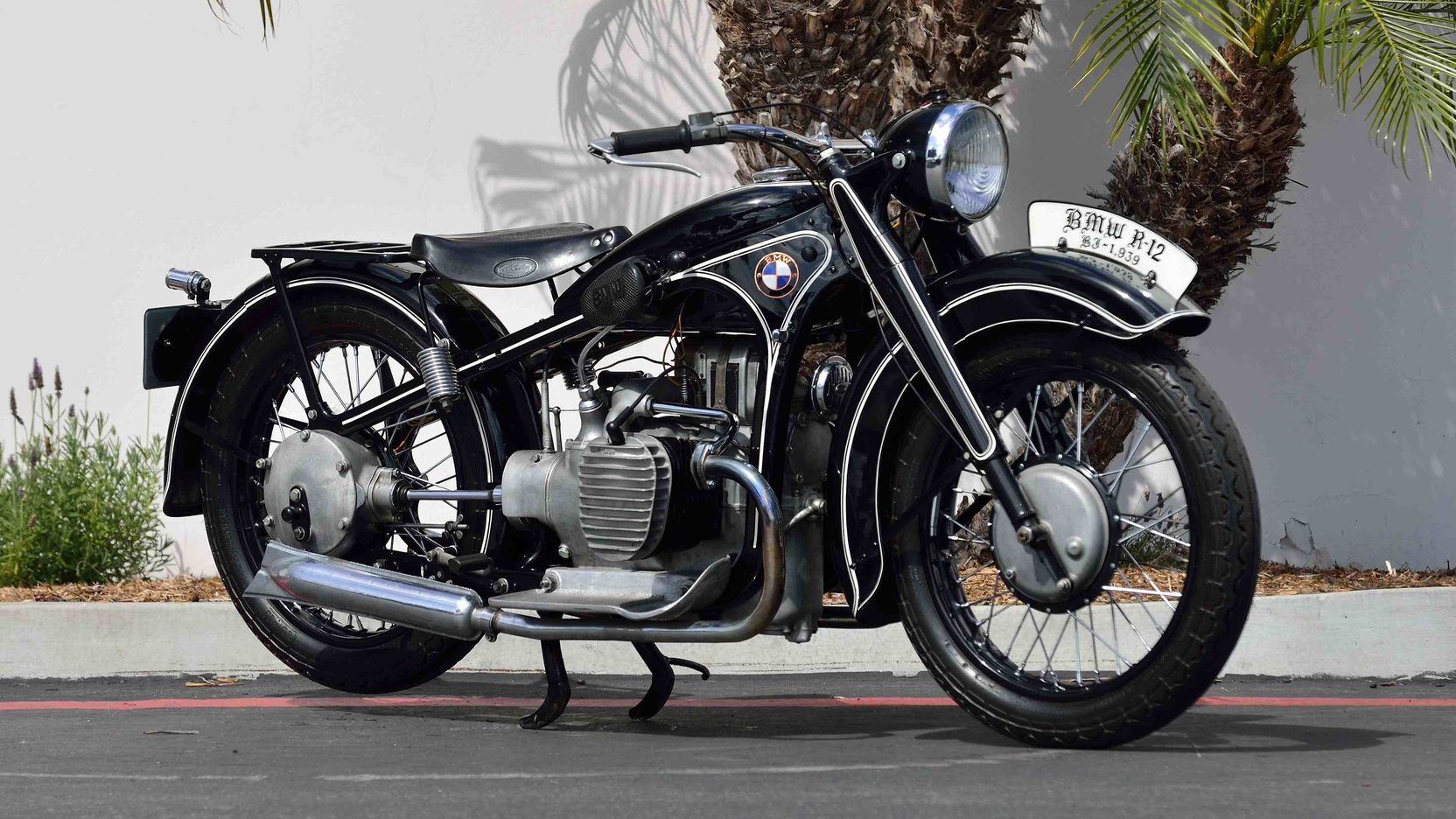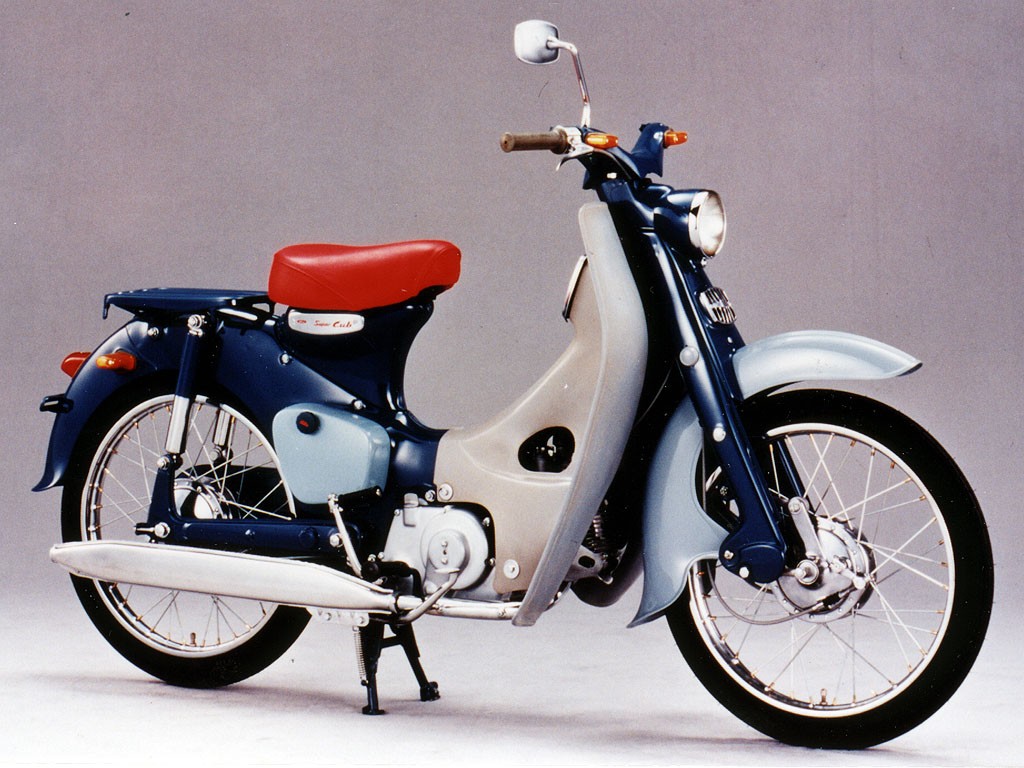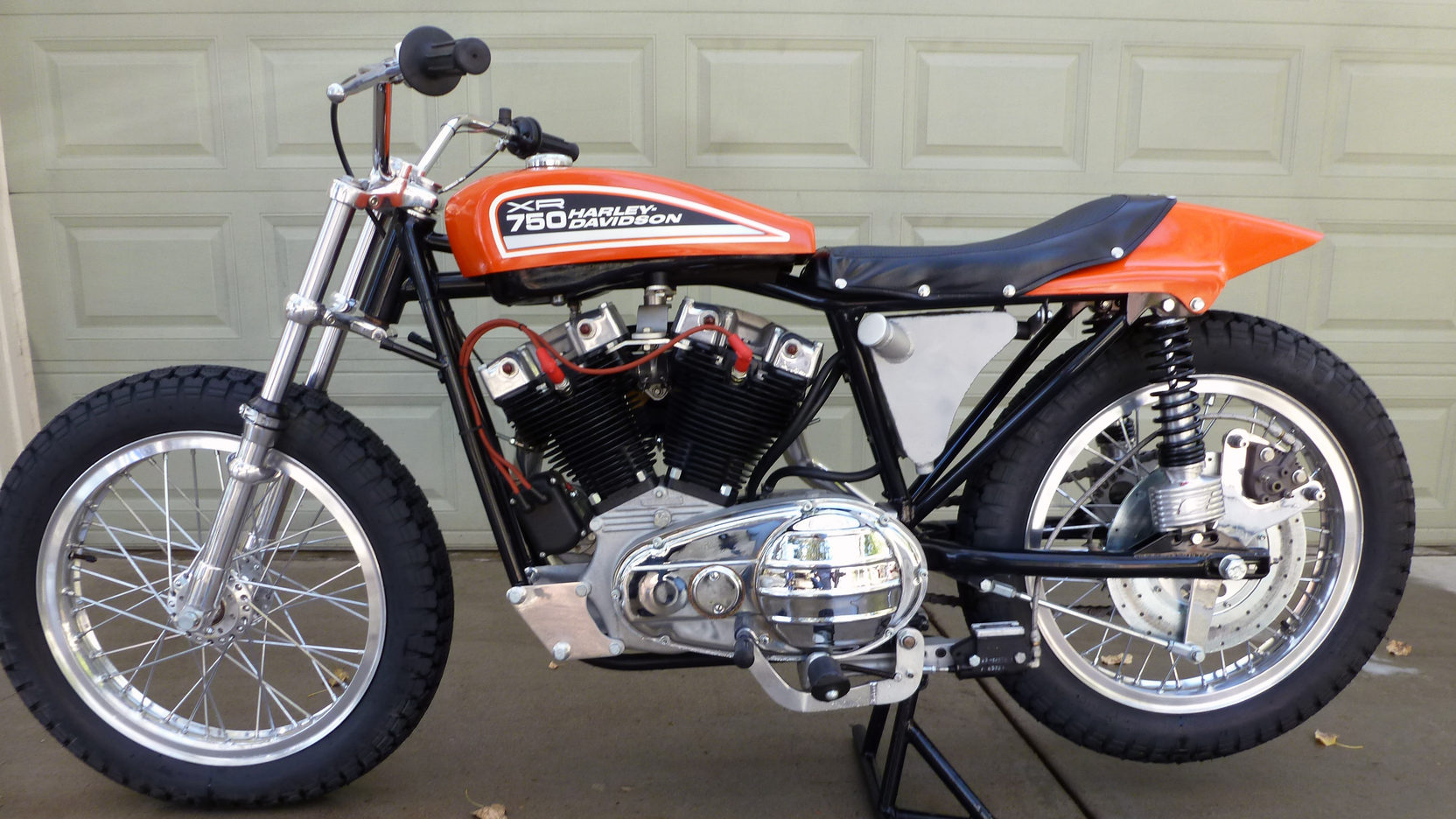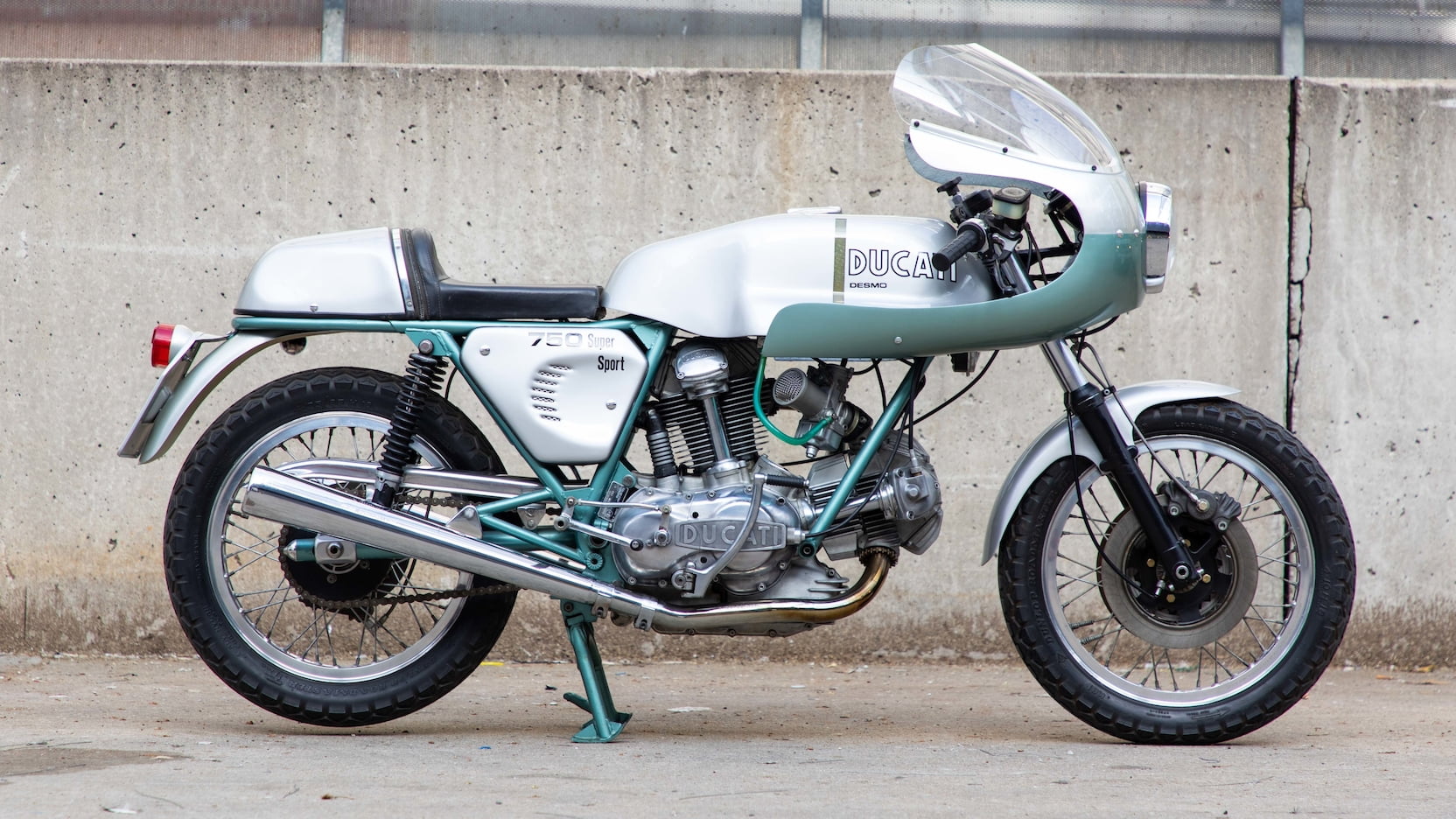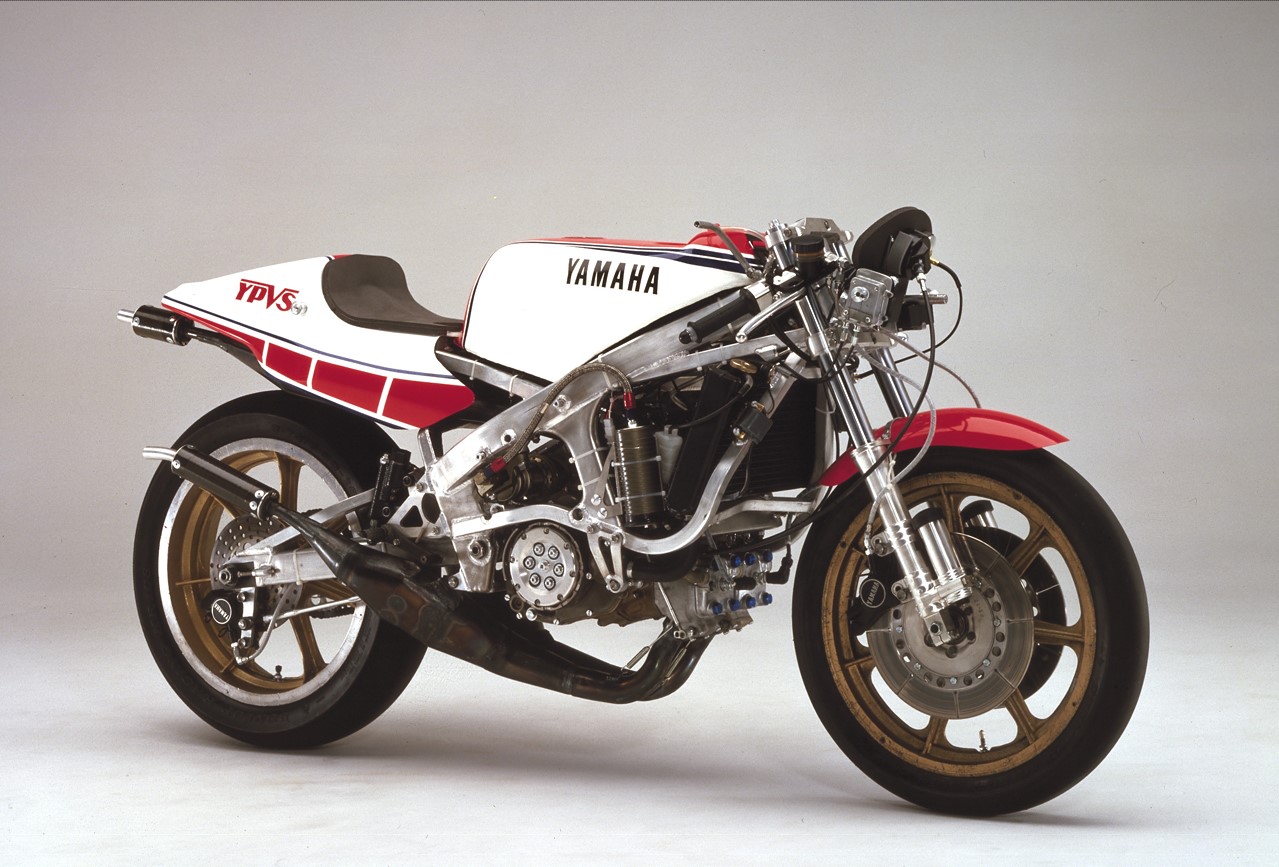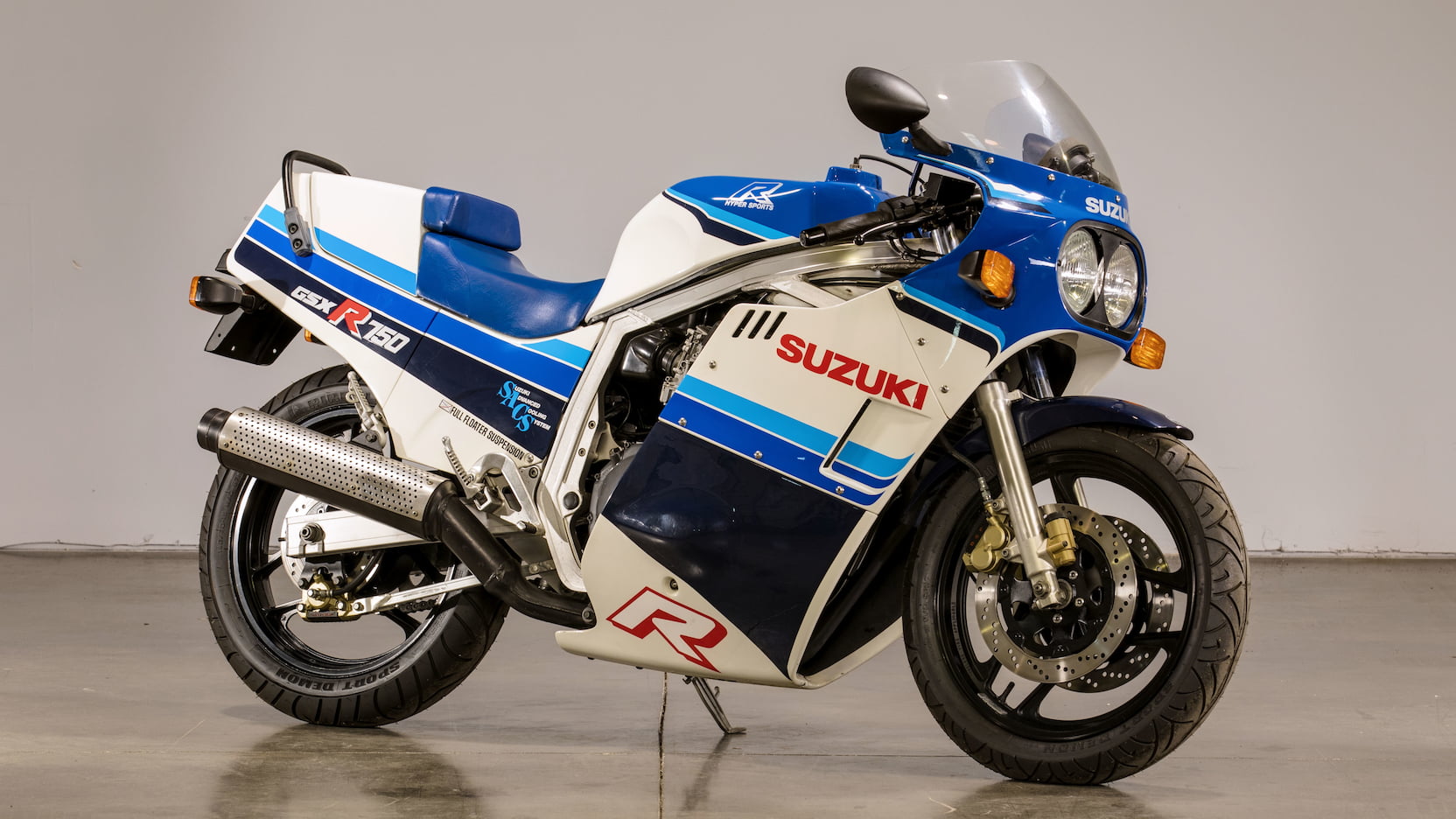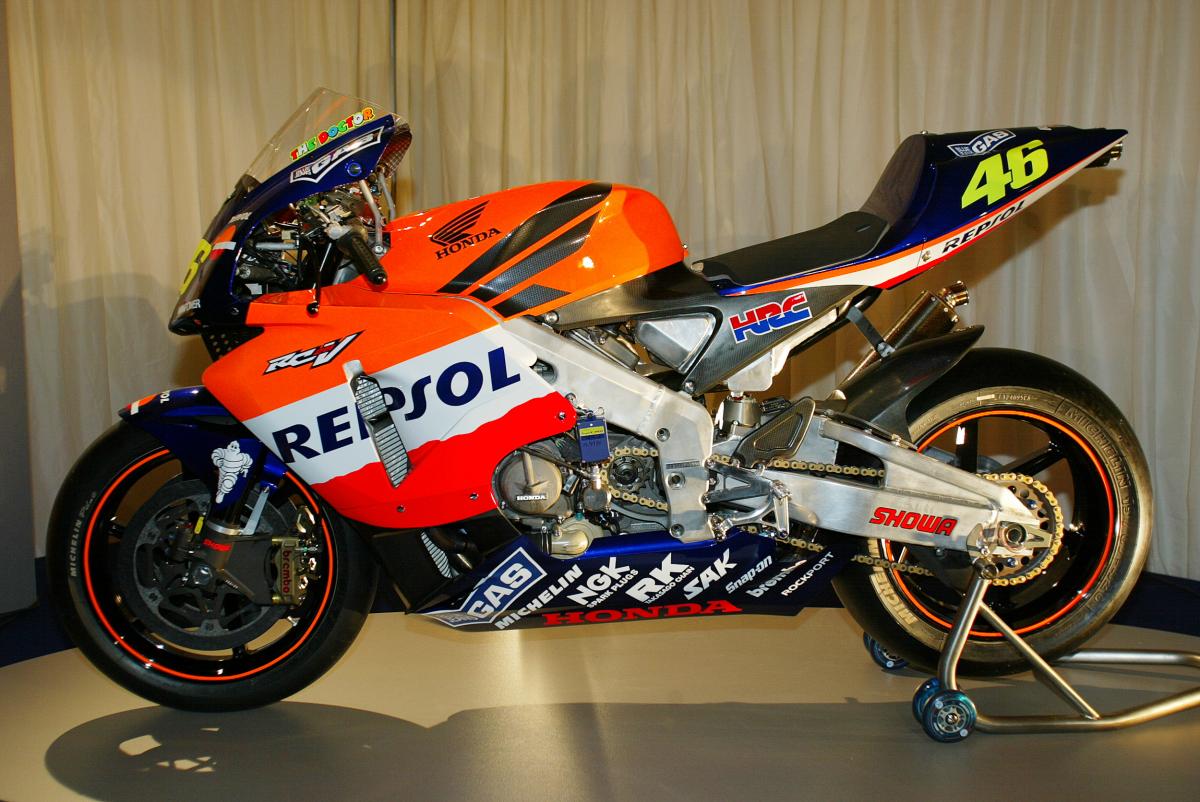Since the very first 1885 Daimler Reitwagen motorcycle, the passion for two-wheeled goodness has covered the globe. Motorcycles fill all manner of human needs, from basic transportation to mind-boggling adrenaline pursuits.
This naturally made me wonder, what would be some of the most important motorcycles ever made? I love these sorts of questions, the type to cause endless debate. Knowing this I shall once again seek to stir up that debate with my list of 10 of the Most Important Motorcycles Ever Made!
Most Important Motorcycles #10: 1925 Brough Superior SS100
George Brough pioneered the earliest British Supersport bikes with Brough Superior and the SS100, the first production bike to achieve 100 mph.
An accomplished racer and holder of World Records, he built the SS100 with a 45 hp (a crazy figure for the day) 988cc V-Twin and multiple outsource components. Each bike was test-ridden prior to delivery, certifying its ability to meet spec.
Every owner was encouraged by Brough to suggest their own ideas for developing the SS100, which meant that almost all his motorcycles were uniquely hand-built and the design continually evolving.
Famous facts—Lawrence of Arabia bought one of the first SS100s in 1925.
Most Important Motorcycles #9: 1931 Royal Enfield Bullet
The Royal Enfield Bullet is the ultimate “classic motorcycle”. The Bullet has an incredible production history that covers 89 years! Yes, this is somewhat debatable due to the move from England to India, and that there have been 350 and 500 models, but there is a darn near straight point-to-point connection here that makes these bikes iconic.
Royal Enfield evolved with the requirements of the day but always seemed to hold onto the essence of the single-cylinder OHV design it began from. Used for work, pleasure, war, and racing the Bullet holds a place in the hearts of riders of all ages around the globe.
Most Important Motorcycles #8: 1935 BMW R12 and R17
Why this BMW? It is the first motorcycle to have hydraulically damped telescopic forks, a configuration that to this day remains the most common and capable method of controlling the front wheel of a motorcycle.
While that alone is enough to make my most important list, the air-cooled, 745 cc side-valve boxer motor outputting through a Cardan shaft drive was an extremely reliable piece of military equipment. So good that many manufacturers “borrowed” ideas from the BMW R12 for their post-war motorcycles.
Most Important Motorcycles #7: 1958 Honda Super Cub
The Honda Super Cub is the most popular motorcycle ever manufactured. Period.
Since 1958 in sizes from 50-125cc, the air-cooled single-cylinder machine with its step-through design, comfy seat, and luggage rack has become something well beyond just a motorcycle. They have been used for, and I am not even exaggerating—everything!
Honda has built over 100 million Super Cubs! That is more than 5 times as many vehicles as the VW Beetle. Of course, Honda had the marketing slogan “You meet the nicest people on a Honda,” so everyone wanted to own one.
Most Important Motorcycles #6: 1970 Harley-Davidson XR750
Finally caving to the pressure from foreign bike manufacturers, in 1969 the American Motorcyclist Association (AMA), established new rules that there would be one maximum displacement for dirt track racing, 750 cc, with no regard for valve type. This move rendered the KR series obsolete and HD needed a replacement quickly.
It is true that the 1970 XR with its iron heads was not the fastest, it was the start of things to come and the eventual 29 Grand National titles. If that’s not enough—it was the bike Evel Knievel chose for his legendary stunts of the 1970s.
Most Important Motorcycles #5: 1974 Ducati 750SS
The “Green Frame,” Ducati 750SS was a run of just 401 bikes in 1974, but oh what a special production it was.
In 1972 Ducati, with Paul Smart aboard, won the Imola 200, smashing lap records along the way. Rather than just make a tribute type of replica bike, the 750 SS was built by the race department to the existing spec. When they appeared in 1974 among the most obvious external differences were the adoption of a center-axle fork and Brembo front brakes—otherwise, these were the same as the race-winning 1972’s.
The 750 SS received rave reviews in the motorcycling press, being hailed by Cycle magazine as “a bike that stands at the farthest reaches of the sporting world—the definitive factory-built café racer.”
Most Important Motorcycles #4: 1980 BMW R80 G/S
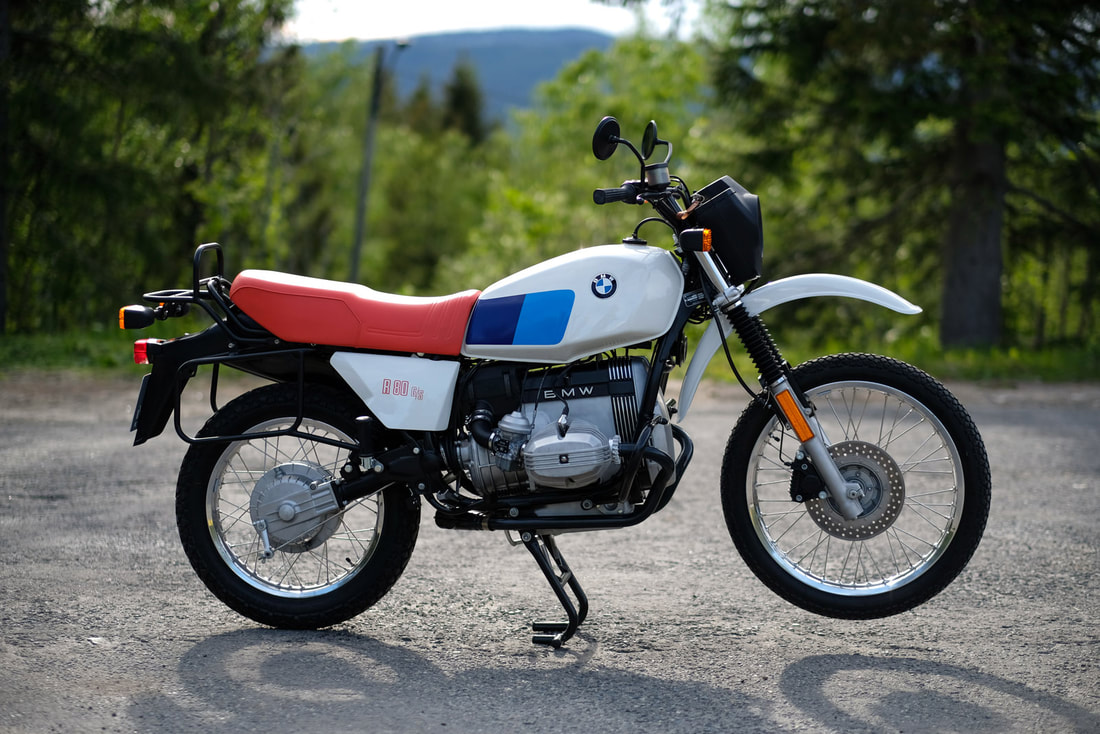
Using a motorcycle both on and off-road was certainly nothing new, people had been doing so since the very first bikes were built. Yet it wasn’t until BMW released the R80 G/S that anyone had actually engineered a machine with this intention.
Large displacement engine, long-travel suspension, a single-sided swingarm, and mono-shock all in a machine with lights and a license plate? BMW created a whole new way to ride with a dual-sport machine that went on to win the Paris Dakar rally multiple times.
G for Gelände “offroad” in German S for Straße “street”, BMW can be thanked for creating the Adventure bike category.
Most Important Motorcycles #3: 1982 Yamaha YZR500 (0W61)
The Yamaha YZR500, a 1982 500cc Grand Prix racing motorcycle, was a huge engineering leap over one year. With the very first 2-stroke V-4 engine in a GP bike, Yamaha took everything further by suspending the engine under a totally new style aluminium frame with no undermount cradle supporting the engine.
This new frame developed by Spanish engineer Antonio Cobas was based on the theory that a triangle (delta) is far more rigid than a square. Using a new controlled flow die-casting process, Yamaha was able to make a very thin rectangular box frame material that was lighter and 4 times stronger than prior designs—ushering in what is now the well-known “Deltabox” frame.
Most Important Motorcycles #2: 1985 Suzuki GSXR 750
The motorcycle landscape felt a shift in the force in 1985 with the introduction of the Suzuki GSXR 750. For the first time, the buying public was able to get a leg over what could only be called a track bike.
With over 100hp and weighing less than 400lbs, this sort of power to weight ratio had never been seen on public roads. Welcome to the Supersport world. With a powerband that was found near 10,000 rpm, and illegal speeds happening with the smallest twist of the wrist.
The slab-sided machine with the double bubble lights was destined to be a legend from day one.
Most Important Motorcycles #1: 2002 Honda RC211V
Major rule changes occurred going into 2002 for the FIM Grand Prix Motorcycle Racing Association. Gone was the 500cc two-stroke division, in its place, was now MotoGP which allowed manufacturers to choose between running two-stroke engines up to 500 cc or four-strokes up to 990 cc.
Honda responded with the RC211V to replace the NSR500. Packing a unique 990cc V5 capable of over 210 hp at 14 000 rpm. So dominant was Honda with this new machine, it won 14 of the 16 contests it competed in that season, and 3 of the next 5 Constructors Championships.
Final Thoughts on the Most Important Motorcycles Ever Made
How do you stop at just 10 bikes? There is little doubt I have left many wonderful bikes off my list. Heck, I don’t even list anything from the last 20 years!
That being said, I stand by my choices but I certainly want to hear your thoughts. Do you agree with these? Any you would swap out? I chose to list them by year made rather than attempting to rank them but if forced I would put the Super Cub number 1. How can you argue against over 100 million bikes produced?


